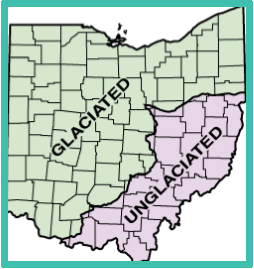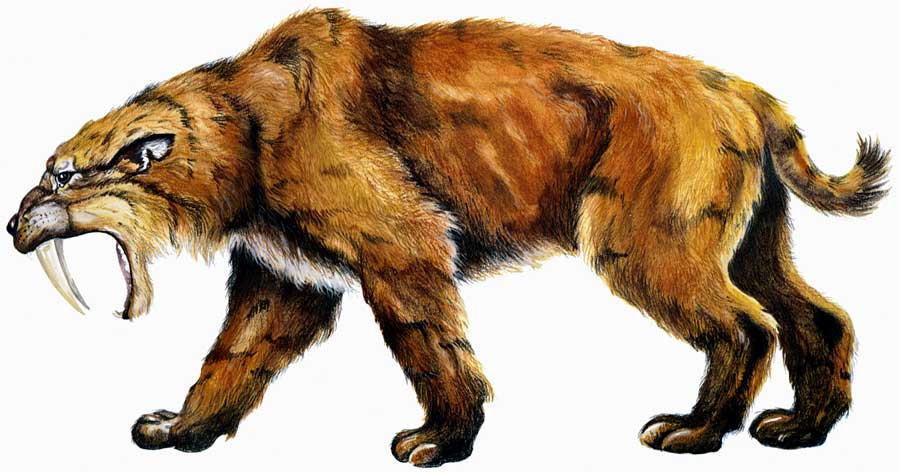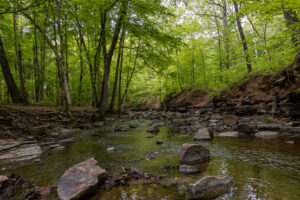With the launch of our Ice Age event comes the launch of our weekly blog spot! Appropriately, this first post is all about The Ice Age.
The Pleistocene Epoch
The Pleistocene is the name for the geologically recent past, when massive continent-sized glaciers, giant mammals, and early humans coexisted. The Pleistocene Epoch began approximately 1.8 million years ago. The most recent glacial period, often just called the “Ice Age,” occurred between 18,000 and 11,400 years ago.
Glaciers in Ohio
During the Ice Age, the earth’s climate cooled and large continental glaciers accumulated in far northern latitudes, including Canada. The ice became very heavy and almost a mile thick in some places! The ice began to flow outward and spread under its own weight, reaching the northern United States. Glaciers covered two-thirds of Ohio and helped shape our current landscape.
Ice Age Animals
The Pleistocene Epoch was also a time of oversized animals. Proportionally, animals with bigger body sizes retained more heat than smaller animals, helping them survive the cold climate. The fossil record reveals Ohio was home to the giant short-faced bear and giant ground sloth, which both stood 12 feet tall, the giant beaver, which was nine feet long, and the saber-tooth cat, with sharp, serrated canine teeth, seven inches long!










